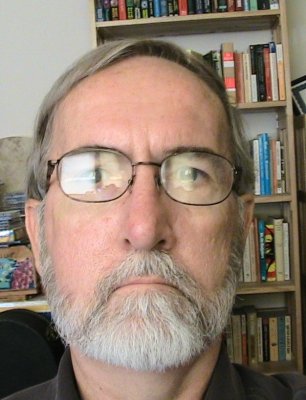 Mark Foster - KI6OFN - NAQCC # 2309
Mark Foster - KI6OFN - NAQCC # 2309

I'm happy to be a member of the North American QRP CW Club.
From September 1970 to November 1973 I was a radio operator (RM2) at the U.S. Coast Guard's 8th District Primary Communication Station (NMG) outside of New Orleans, LA. My favorite operating position during our radio watches, and the favorite of many other of my crew mates', was the AMVER (Automated Merchant VEssel Reporting) CW position, where we copied AMVER and weather observation messages from merchant ships all over the globe. We also handled the occasional distress and search and rescue activities that were the Coast Guard's primary mission in those days.
My best memory of that position was of a QSO I made on 8 MHz with a ship 500 miles west of Perth, Australia. The ship's radio operator just wanted to check his signal (it was about QSA2, QRK5 - or RST 439). It was about 3AM local time and nothing was going on when I heard his call. The conditions were beautiful (no QRM/N) and I got a TR (Transit Report, a short "where from where bound" message) from him. He had heard our CQ (QSA5) and wondered if his signal could be read half way 'round the world. I was happy to report he could!
I always wanted to get back to that experience of using CW to communicate with distant stations. In December 2007 I started studying for the Technician class test and started building the Elecraft K1 QRP CW transceiver. In February 2008 I passed the Technician's test and two weeks later made my first CW QSO (K6TLL) in over 30 years. During the ARRL WW CW contest I contacted Tonga (A35RK) and Brazil (PT5T) about a half hour before the contest ended. I'm happy!
My complete station: Elecraft K1 @ 5W
Antenna: 70 ft End-Fed Half Wave Antenna (EFHWA) - portable. 50 ft (or so) inside end-fed wire formed in a rectangular loop.
Antenna coupler: Parallel tunable circuit, in an Altoids tin, for the 70
ft EFHWA.
Tks & 73
--
MGFoster ::: mgf00 (at) earthlink (decimal-point) net
KI6OFN
Oakland, CA (USA)

